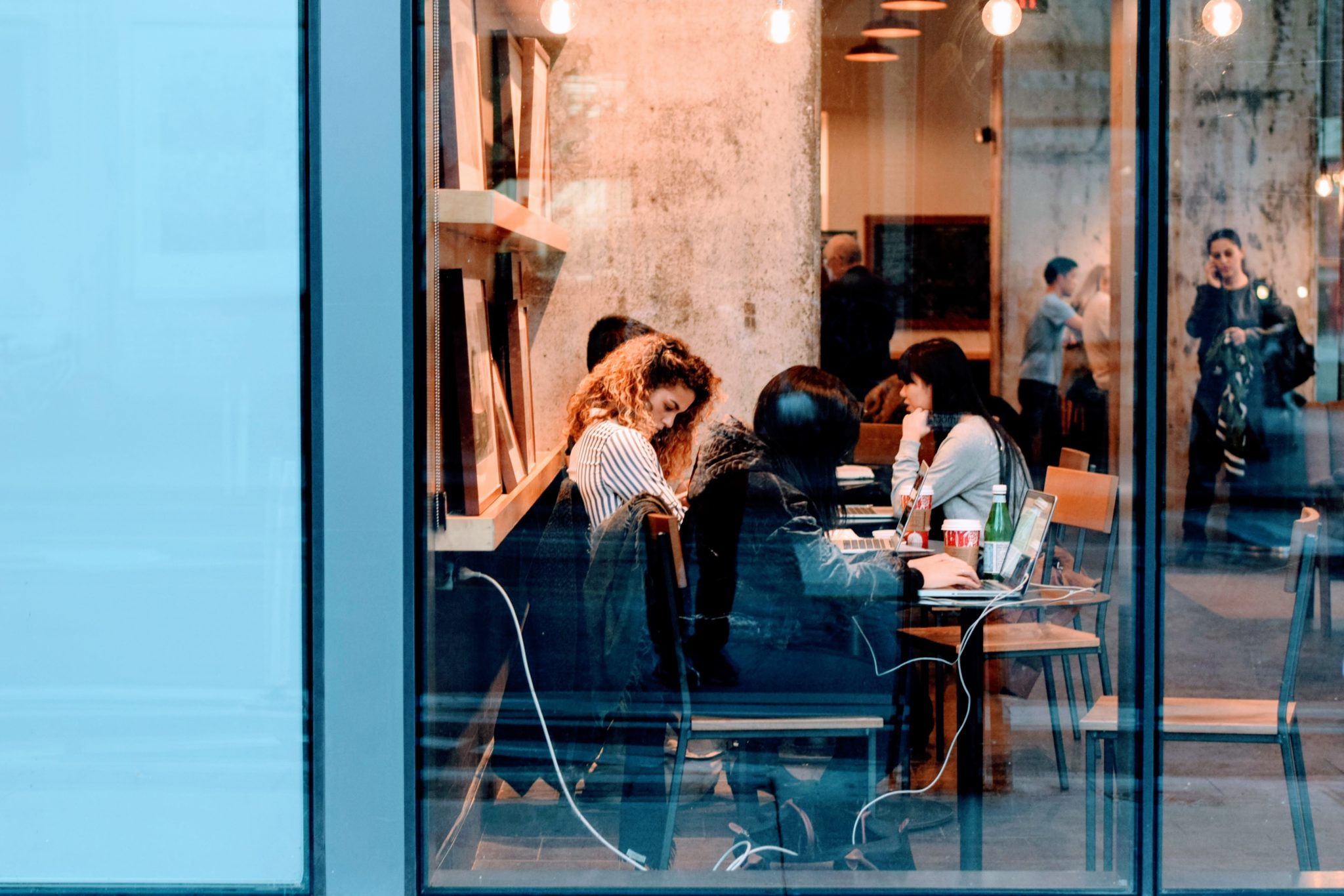Operating a struggling business can feel like an extremely stressful uphill battle, especially when there doesn’t seem to be any light at the end of the tunnel. Luckily, there are dozens of ways to bring a failing business back from the brink of failure. However, it will take some willpower and a multifaceted approach to pull it off. Things aren’t going to fix themselves, and in most cases, a full recovery will require the implementation of some radical changes. That being said, here are some steps you can take to save even the most troubled business from its own demise:
How to Save a Struggling Company:
1. Apply for a Loan:
Regardless of which approach you choose to take, chances are you’ll need a bit of extra funding to facilitate a full-fledged reform. If you have decent credit and can show proof that the business is earning some form of revenue, you can probably get approved for a loan on a same-day basis. Small business loans from Become. Lending Express has become a popular option for struggling companies that need extra cash flow to get out of the hole.
2. Find New Customers and Clients:
While a loan can keep you from going under, to really get back on your feet you’ll need to start focusing on generating additional revenue. Be competitive in your niche, provide unique products/services, and utilize aggressive promotional techniques to spread brand awareness. Most struggling businesses simply aren’t making enough sales to cover their operating expenses, so the straightforward solution here is to bring more business in the door or to your site.
3. Halt All Unnecessary Expenditure:
Excessive overhead is the last thing a struggling business needs hanging over them. Make a minimal list of everything your company needs to continue operating and scrap everything else immediately. After all, if you’re at the stage of needing a loan or a ground-breaking ad campaign to keep the business afloat, you don’t want to be wasting borrowed money on expenses that aren’t even necessary.
4. Bring in New Management:
When you’re trying to find the root of where your business went wrong, nine times out of ten there is somebody that can be held accountable. Assess the company’s primary mistakes and try to ascertain who was responsible for allowing those decisions to be made in the first place. While letting go of employees can be a difficult adjustment to make, bringing in fresh perspective and talent could be all that’s needed to turn things around. Better yet, consider the advantages of taking matters into your own hands for a while.
Create a Comprehensive Recovery Plan:
In closing, all of the above steps should be incorporated into an overall recovery plan that will guide the business back into a state of solvency and profitability. Try to be as detailed as possible when coming up with specific goals, budgets, deadlines, and agendas. The more specific and realistic your plan is, the greater your chances of success will be, so it’s important to take everything into account, even if it takes days to run all of the calculations and brainstorm it out.
Read Also:
























